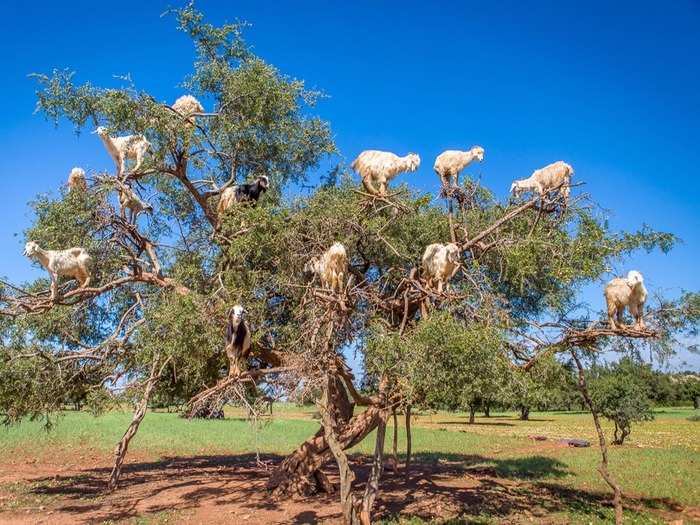
Source: Lonely Planet

Source: Huffington Post

Source: Huffington Post, Daily Mail

Source: Huffington Post

Source: Telegraph

Source: National Geographic

Source: Condé Nast Traveler

Source: Daily Mail

Source: BBC Travel

Source: National Geographic

Source: BBC Travel

Source: National Geographic

Source: ABC News

Source: Waitomo

Source: Huffington Post

Source: Huffington Post

Source: NASA

Source: The Weather Channel


Source: The Telegraph

Source: Daily Mail
 I tutor the children of some of Dubai's richest people. One of them paid me $3,000 to do his homework.
I tutor the children of some of Dubai's richest people. One of them paid me $3,000 to do his homework. A 13-year-old girl helped unearth an ancient Roman town. She's finally getting credit for it over 90 years later.
A 13-year-old girl helped unearth an ancient Roman town. She's finally getting credit for it over 90 years later. It's been a year since I graduated from college, and I still live at home. My therapist says I have post-graduation depression.
It's been a year since I graduated from college, and I still live at home. My therapist says I have post-graduation depression.  RCB's Glenn Maxwell takes a "mental and physical" break from IPL 2024
RCB's Glenn Maxwell takes a "mental and physical" break from IPL 2024
 IPL 2024: SRH vs RCB match rewrites history as both teams amass 549 runs in 240 balls
IPL 2024: SRH vs RCB match rewrites history as both teams amass 549 runs in 240 balls
 New X users will need to pay for posting: Elon Musk
New X users will need to pay for posting: Elon Musk

Copyright © 2024. Times Internet Limited. All rights reserved.For reprint rights. Times Syndication Service.